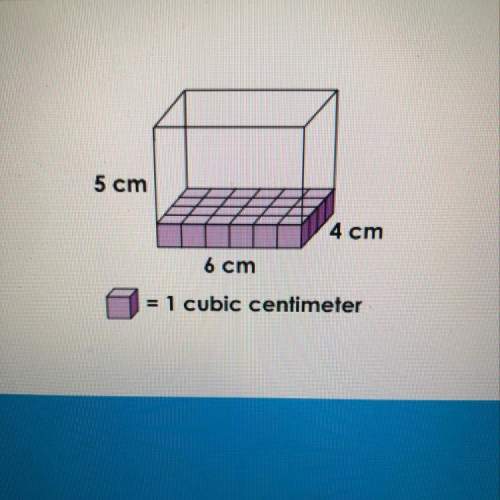
Mathematics, 25.02.2021 03:00 ytshyy
Use inverse trigonometric functions to solve the following equations. If there is more than one solution, enter all solutions as a comma-separated list (like "1, 3"). If an equation has no solutions, enter "DNE".
Solve 6sin(θ)=1 for θ (where 0≤θ<2π).
θ=
Solve 9sin(θ)=9 for θ (where 0≤θ& lt;2pi).
θ=
Solve 5sin(θ)=13 for θ (where 0≤θ <2π).
θ=

Answers: 3


Other questions on the subject: Mathematics

Mathematics, 21.06.2019 15:20, kylabreanne120
(a) (8%) compute the probability of an even integer among the 100 integers 1! , 2! , 3! , until 100! (here n! is n factorial or n*(n-1)*(n-2) *… 1) (b) (16%) compute the probability of an even integer among the 100 integers: 1, 1+2, 1+2+3, 1+2+3+4, …., 1+2+3+… + 99, and 1+2+3+… + 100
Answers: 1

Mathematics, 21.06.2019 19:30, aljdones
At the beginning of 1974/75,2 years a man invested #2000 in a bank at 12.5% compound interest, if it degree #650 at the end of each two years to pay his son's school fees, after payment of interest to pay his son's school fees, how much did he have left at the beginning of the 1978/79 school year?
Answers: 3

You know the right answer?
Use inverse trigonometric functions to solve the following equations. If there is more than one solu...
Questions in other subjects:










History, 10.07.2019 12:30




